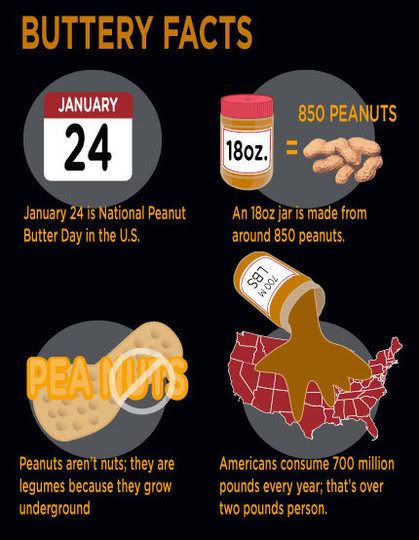Skinny girls eat the grapes, fat girls eat the crepes

Not all chubby girls eat only bad food. We love our veggies as much as we love our tator tots. Skinny girls love a good milkshake as much as they love a head of broccoli.
Let’s get it right, a**hole who created this graphic.
Read the rest of Angie’s thoughts on the above image here, along with some really awesome commenters’ thoughts, too.
Mom diets, child becomes obese – Which is more dangerous?

Maybe the title is exaggerating a bit, but this is something I see all the time. This was at a grade school classroom event where parents and siblings were invited. And yes, I took a picture in between chairs. That’s not normal?
Anyway, the root beer is for the toddler on the right (young enough that she isn’t in school yet or she wouldn’t have been able to attend). The water bottle is for the mom on the left.
I won’t climb up on a soapbox or dive into any in depth post here, especially not at the risk of coming off as too judgmental. After all, it’s just a single picture of a single set of drinks at a single time here. It does make me do a double take to see such big issues so clearly laid out sometimes, though.
There is absolutely nothing negative about water and it’s what I drink 99% of the time even, but I happen to know that this particular mom is very weight-conscious, has low self-esteem, etc, and that choice of drink is more likely sparked by a fear of calories than it is an actual choice for health. And on the flip side, if the kid is anything like half of her peers, that probably isn’t the first or last soda she had that day.
I wonder what their health will be like in 10 years. And if she’ll still own those polka dotted shoes by then. ;)
National Peanut Butter Day!





It looks like the original of these images is on Culinary Schools as one single image like this:
I like it better like that, but of course, it’s hard to read here on this site, so click on over to see full facts with pictures. Here’s the text, with my side-notes being in parentheses/italics.
- “If you can’t control your peanut butter, you can’t expect to control your life.” -Bill Watterson, author of Calvin & Hobbes (Well geez, no wonder my life is so out of whack, pfft)
- January 24 is National Peanut Butter Day in the U.S. (That’s today!)
- An 18 oz jar is made from around 850 peanuts. (So I probably shouldn’t eat a whole jar in one sitting, huh?)
- Peanuts aren’t nuts; they are legumes because they grow underground (Well, sorta…bad wording on that….growing underground isn’t what ‘makes’ them legumes, but it is a distinguishable trait from “nuts” that grow on trees)
- Americans consume 700 million pounds every year; that’s over two pounds [per] person (I wonder how much of that is in peanut butter and jelly sandwiches?)
How peanut butter is made:
- 1. Peanuts are shelled at a plant and the excess debris is separated.
- 2. The peanuts are placed in a hot air roaster where the tempersature is raised to 240 degrees Celsius turning them from white to light brown.
- 3. The peanuts are quickly cooled to room temperature by suction fans that suck out of the hot air.
- 4. The peanuts are then placed in the blancher which removes the skin and the bitter “heart.”
- 5. The shelled, roasted and blaned peanuts are then dropped into a grinder and reduced to a thick paste.
- 6. The paste is heated to 60 degrees Celsius to be mixed and then cooled down to 38 degrees before it is jarred.
The Early Years
- Native to South America, peanuts were discovered as early as 950 B.C. It is believed that the Aztec and Mayan Civiliations mashed peanuts to create a thick paste. (So did they eat it? Or use it as glue?)
- In 1884, Marcellus Edson of Canada issued U.S. patent #306727, representing the finished product created from milling roasted peanuts until they reached fluid state. He used his product strictly to create peanut-based candy
- In 1897, Dr. John Kelogg created the first process for making peanute butter, issued in U.S. patent #580787.
- George Washington Carver is known as the father of peanuts, but is often incorrectly believed to have invented peanut butter. He did, however, discover over 300 practical uses for the peanut. (Inaccurate or not, he’s the guy who gets all the credit)
Offbeat Peanut Butter Sandwich Combos
- Bacon
- Mayonnaise
- Dill Pickle
- Bologna
- Tomato
- (And people say *I’m* weird? whatever :P)
Nutrition Benefits
- Monounsaturated fat in peanut butter reduces the risk of heat disease.
- Vitamin B3 helps the body convert food into fuel and metabolizes fats and protein.
- Vitamin B9 helps to synthesize and repair DNA and prevents anemia. (I first read that as amnesia…ha)
- Dietary fiber helps the body rid waste and helps prevent colorectal cancer.
- Reduces risk of weight gain. (Unless you eat the whole jar)
Non-Culinary Uses: Peanut butter can also aid you in executing every day needs around the house
- Can be used to remove chewing gum from clothes and hair
- Can be used as a lubricant for things like a lawnmower blade
- Works well as mousetrap bait
- Works well as a leather cleaner
- Works as a shaving gel (Oh yeah, I bet that’s great….)






Recent Comments